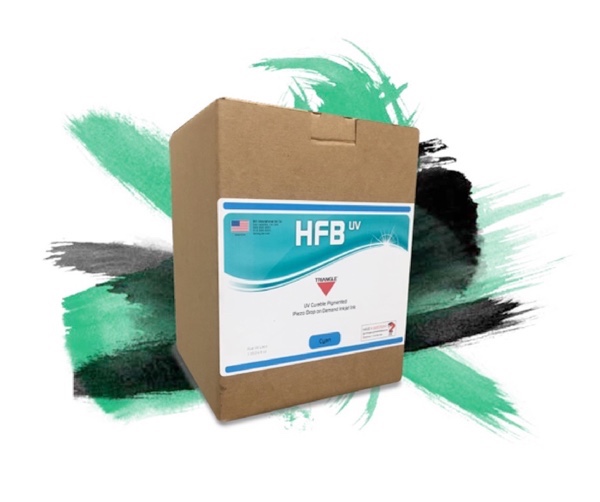Consumables
INX International has full slate of digital and conventional products ready

Tuesday 27. August 2019 - INX International Ink Co. will feature a complete line of ink and coating products when the inaugural PRINTING United is held October 23-25 at the Kay Bailey Hutchison Convention Center in Dallas.
On the digital side, INX (booth 10555) will highlight high performance TRIANGLE brand alternative inks, plus dye sublimation and Prodigy brand inks for industrial print applications. The EVOLVE Advanced Digital Solutions custom integration hardware program will also be represented. From a conventional perspective, INXhrc, natural-based inks reduce regulatory risk for brand owners and improves production efficiencies for printers and converters with a 25-30 percent lower CO2 footprint than standard aqueous inks.
TRIANGLE GSU UV and LED Curable and HFB multipurpose UV Curable inks have a host of benefits to offer. HFB is a cost efficient and premium formulation that runs cleaner than OEM inks, with truer reds and excellent adhesion and flexibility on a wide range of graphic medias. They are optimized for curing both UV and LED on HP FB printers, and intended for jetting with high consistency on HP Scitex FB500, FB700, and FB900 printers.
GSU is formulated to attain GRACoL standards and hit G7 targets to match color and produce consistent print quality while running on EFI VUTEk GS series hybrid model printers. UV and water resistant without coating or lamination, they are available in bag-in-box packaging.
INXhrc natural-based water, solvent and conventional offset inks are formulated to replace petrochemically derived elements with clean, renewable, and sustainable ingredients without sacrificing machine processing and end-use product performance. They contain no allergens, nanomaterials, flurochemicals, fanal pigments, heavy metals, latex or PTFE.
INXhrc has replaced over two million pounds of petro-chemically derived resins, waxes and additives on an annual basis, eliminating more than 5.5 million pounds of CO2 emissions. Printers can expect better ink mileage and production efficiency, leading to reduced resource consumption and waste generation.
